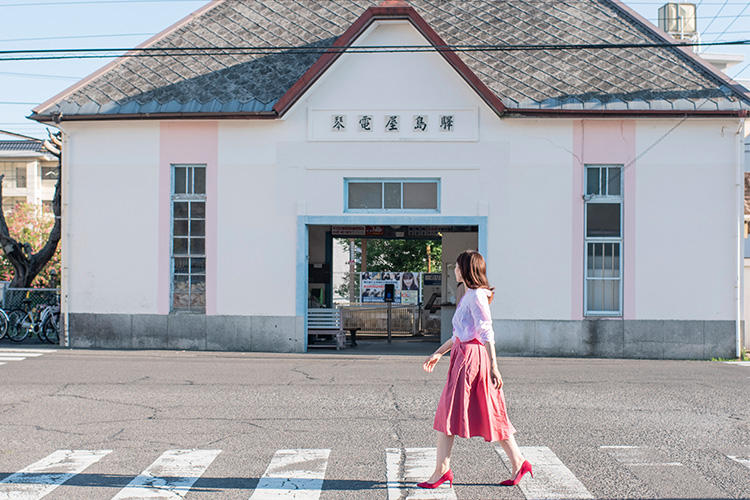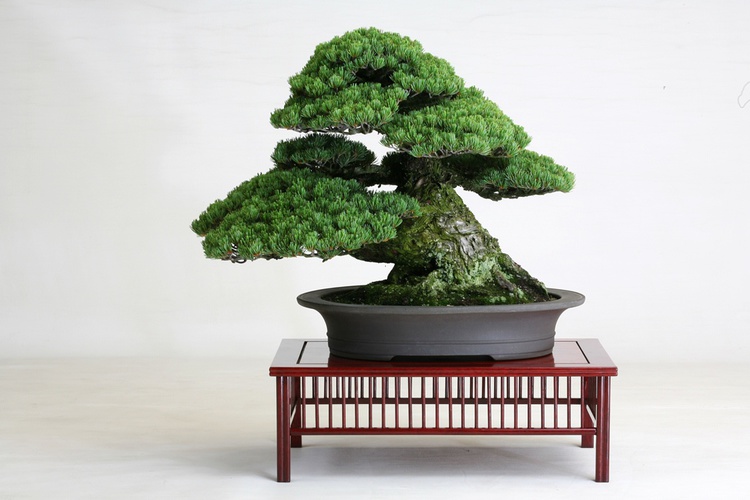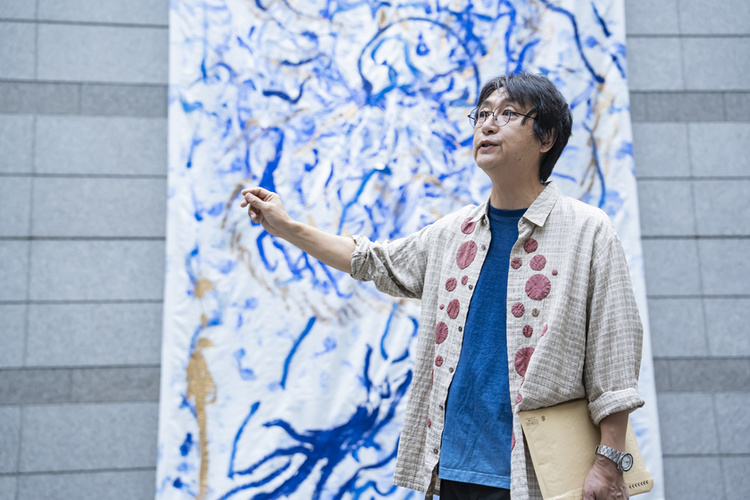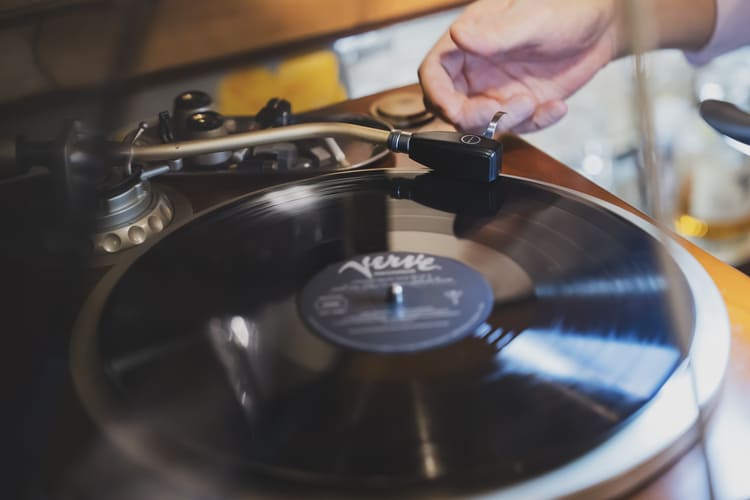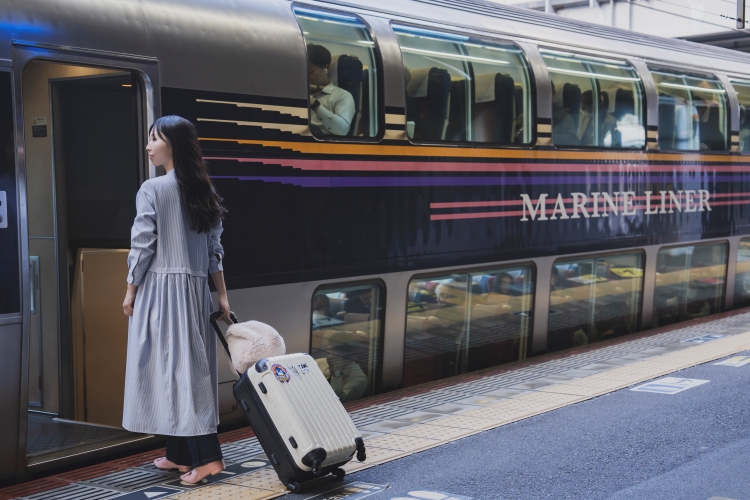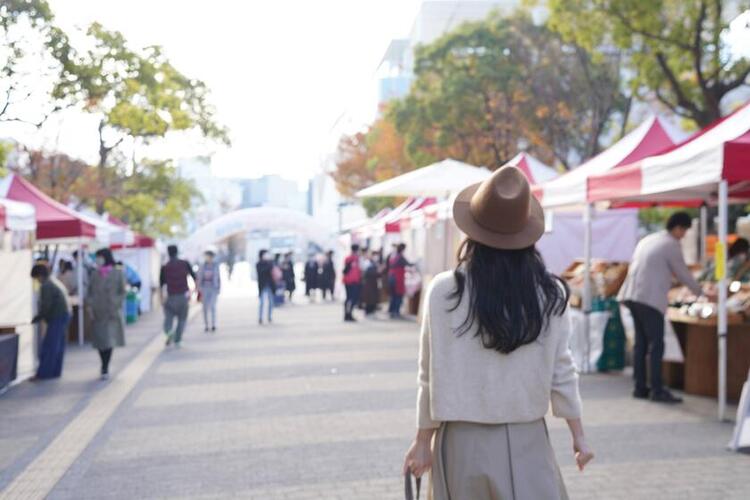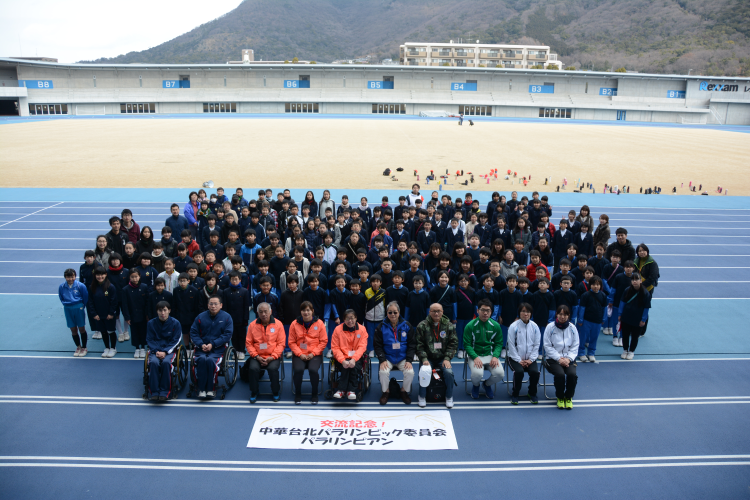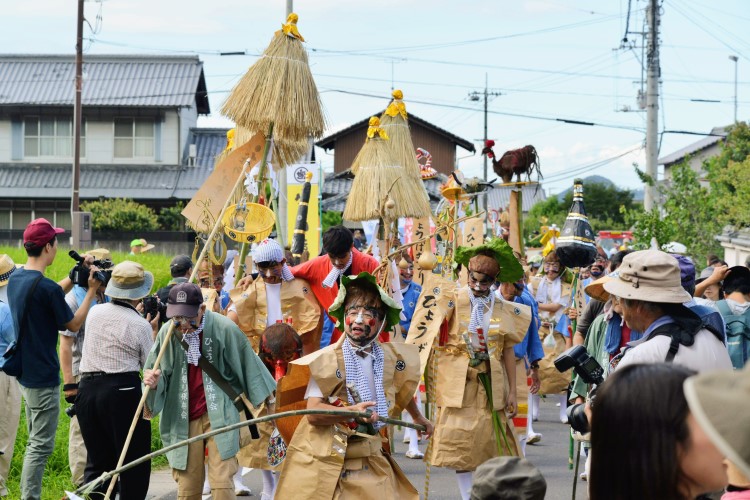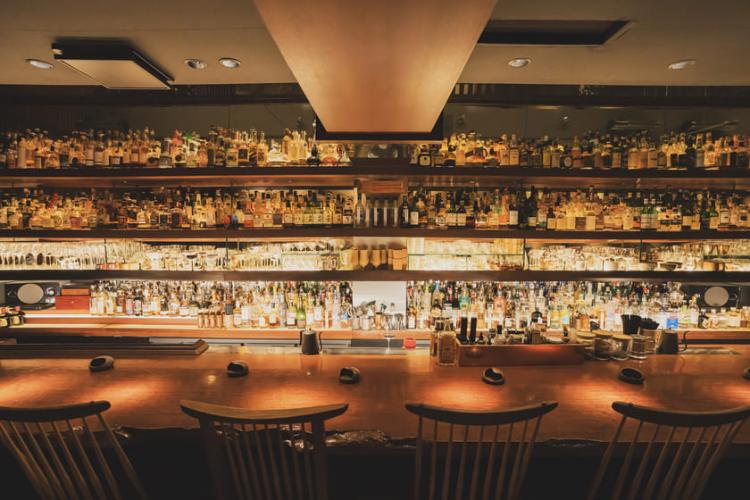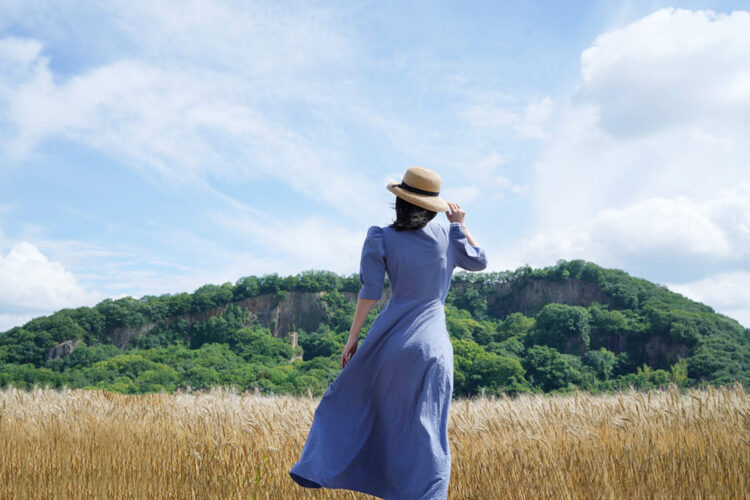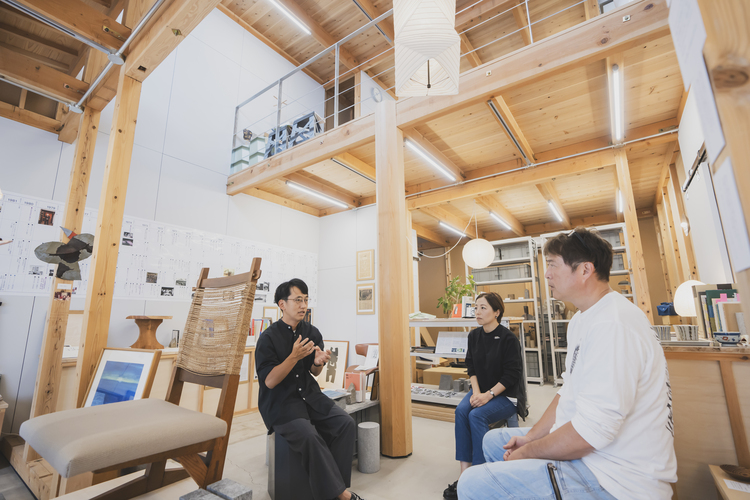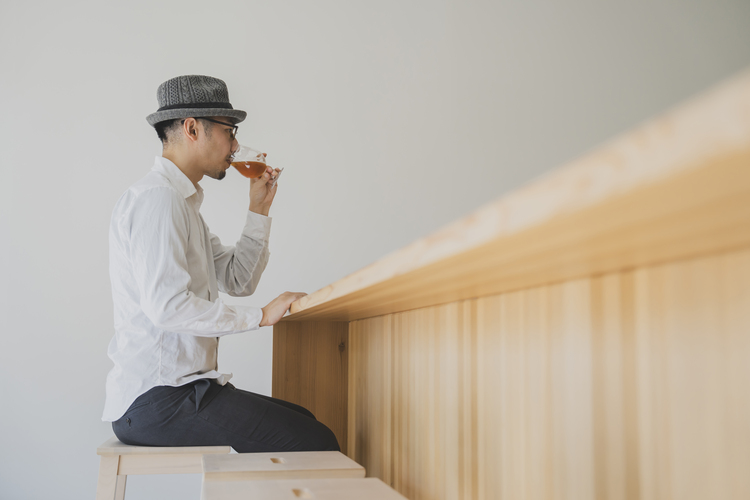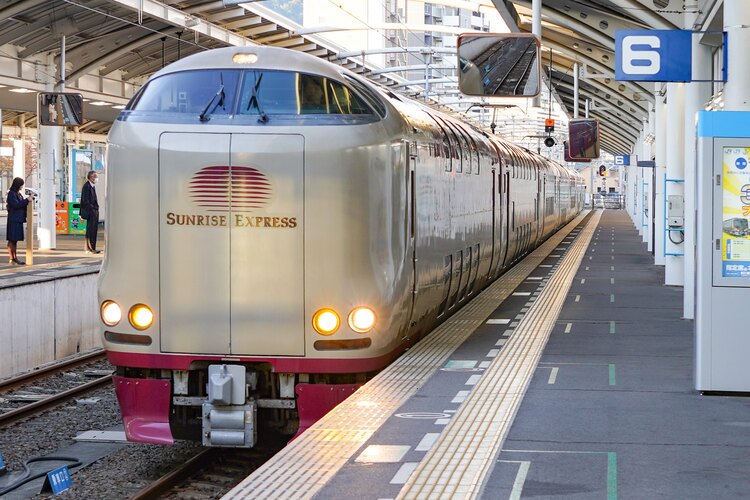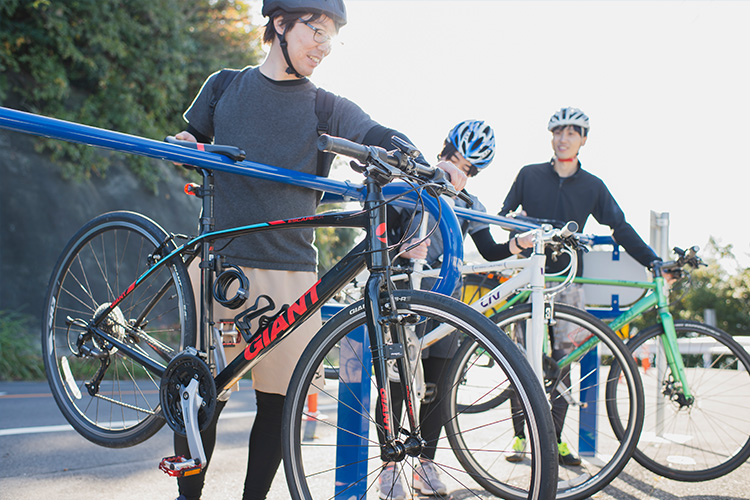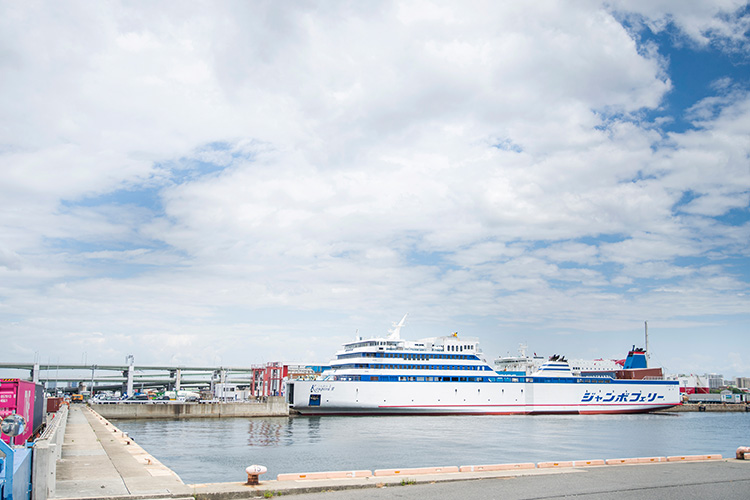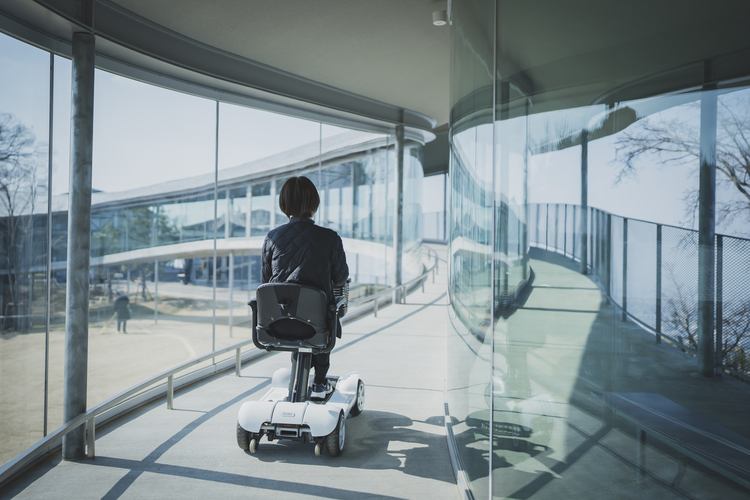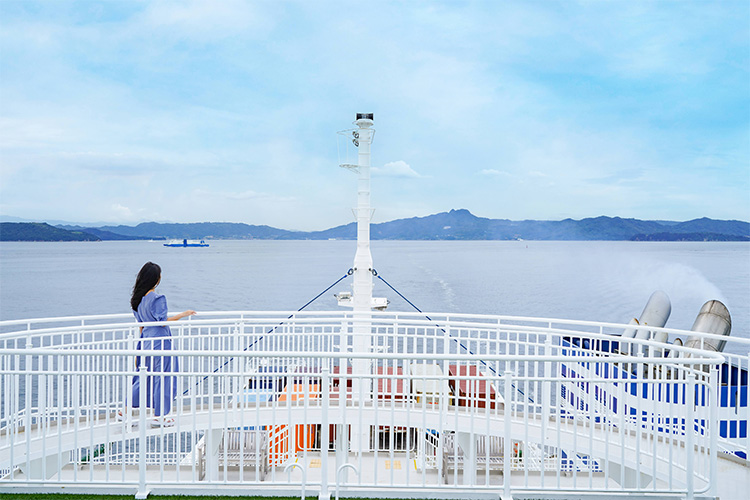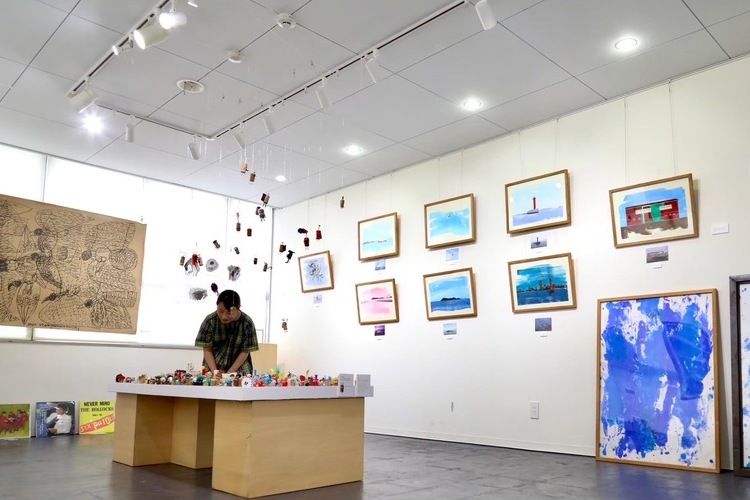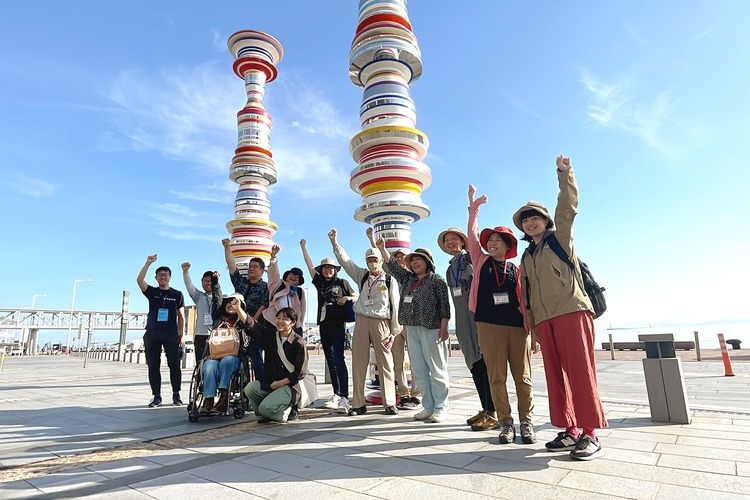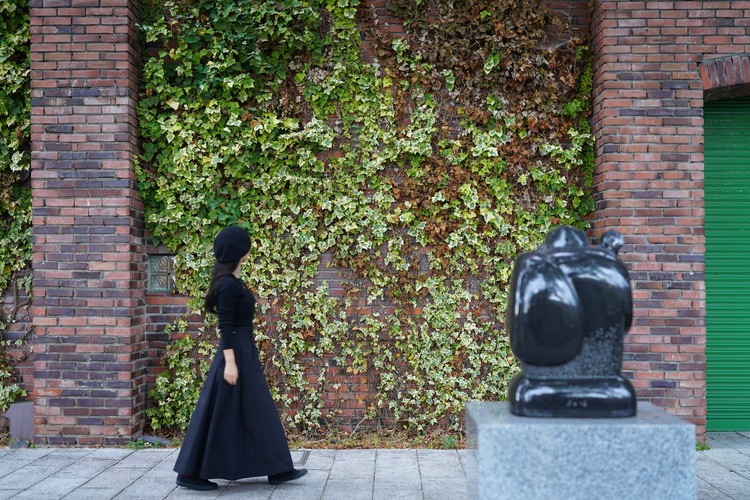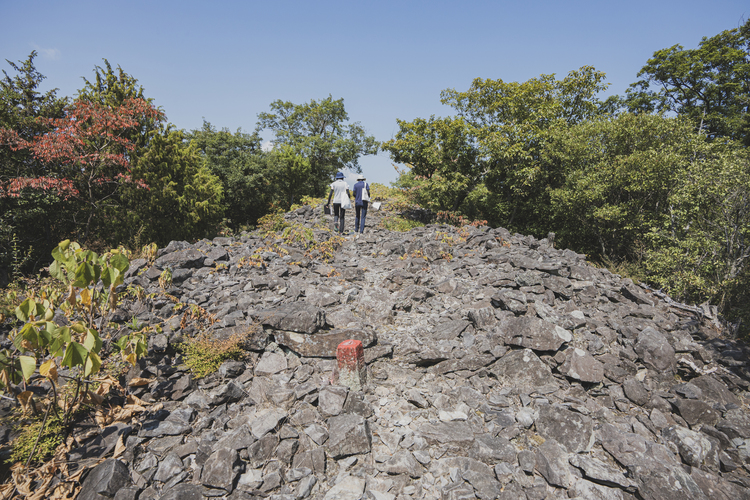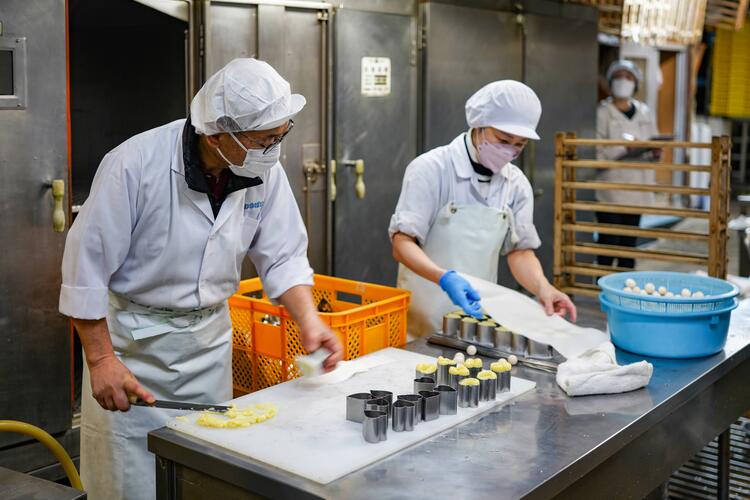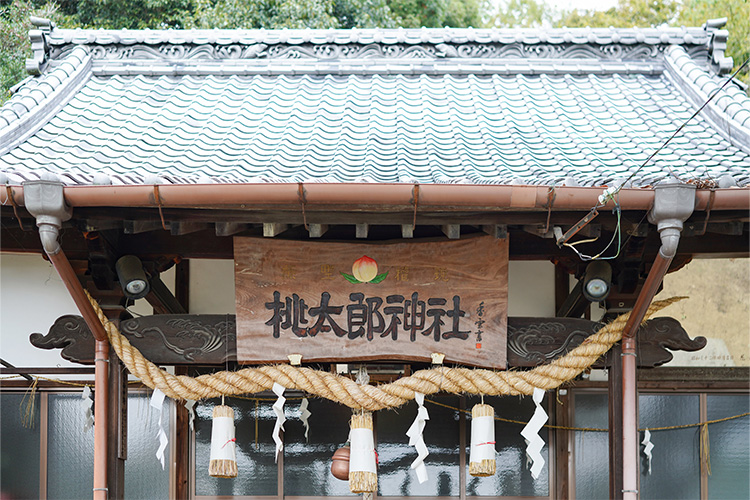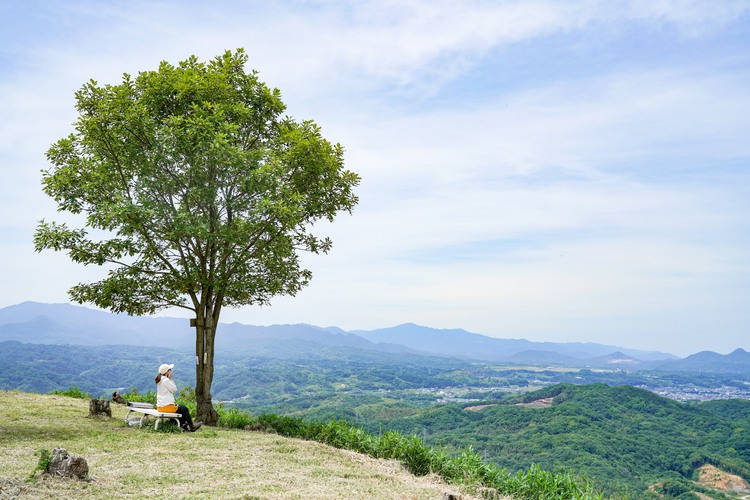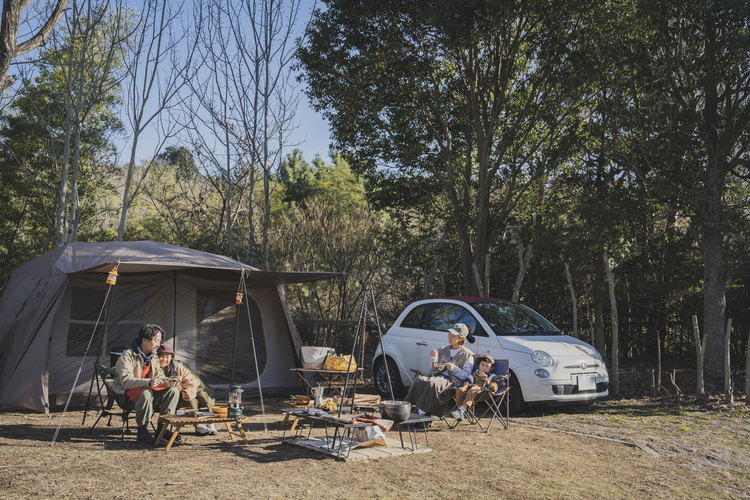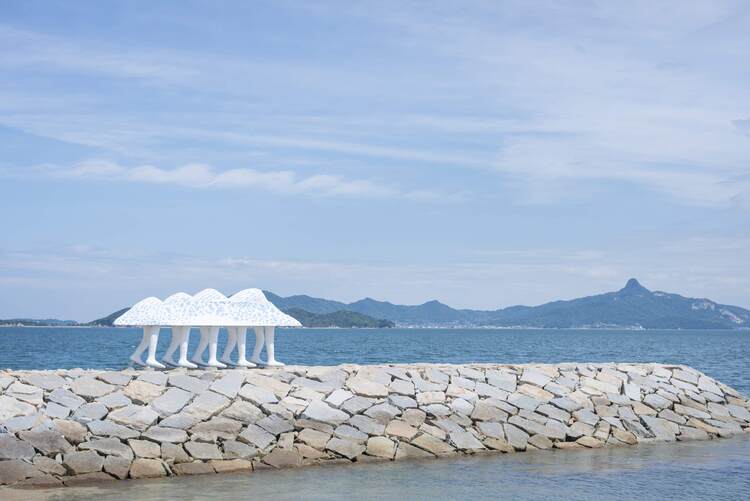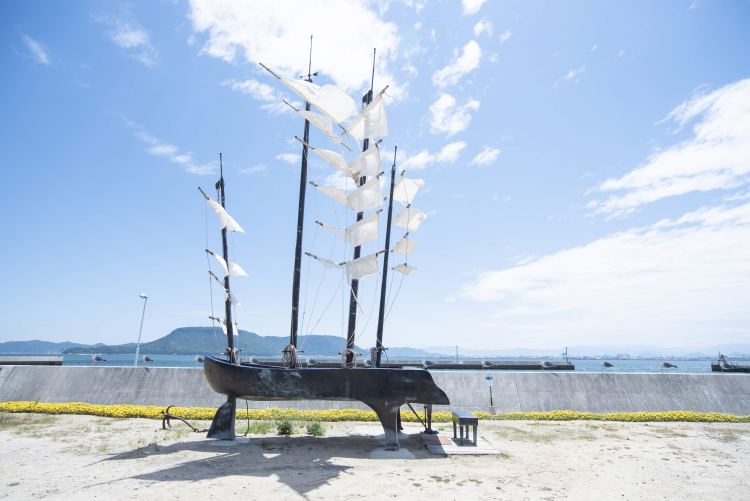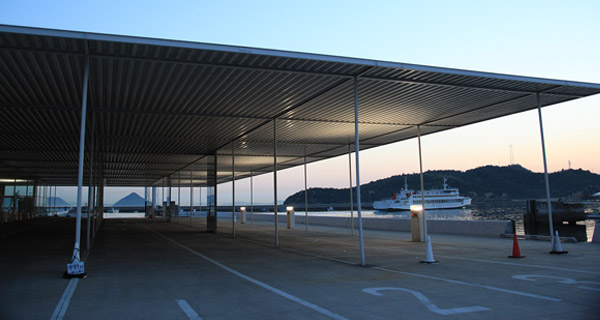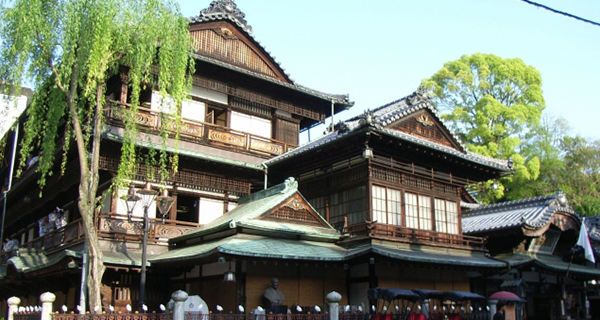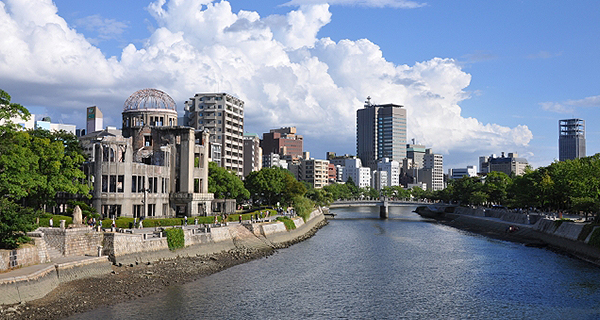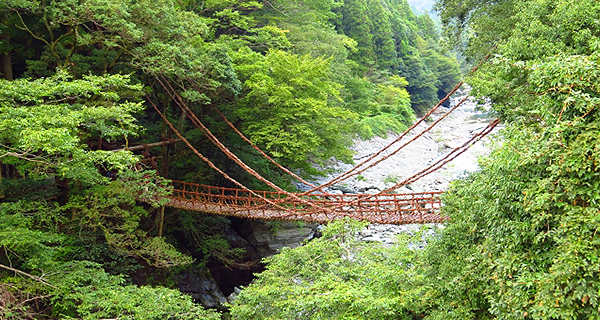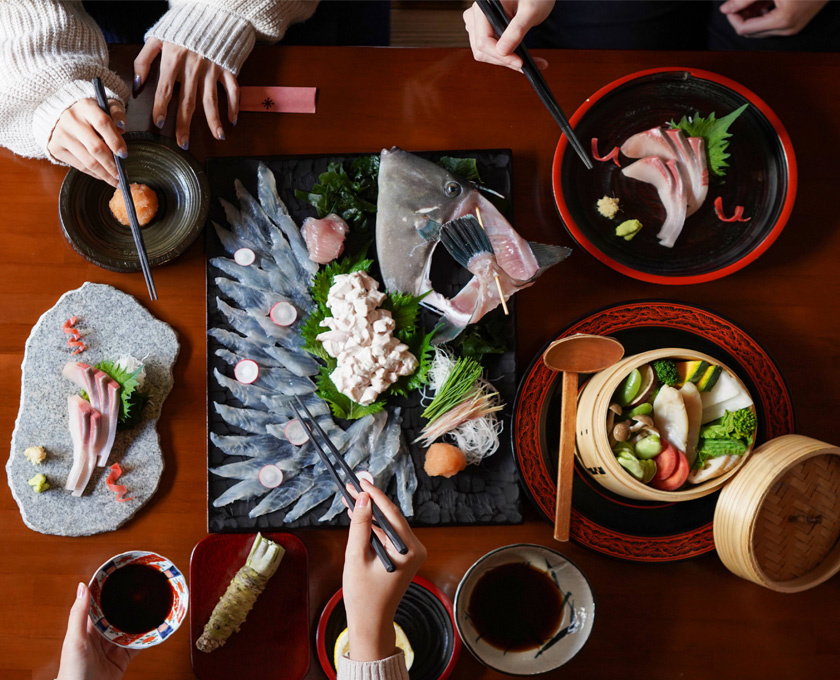
Checking out the unique local foods and produce at supermarkets and farmers markets is one enjoyable way to explore a destination. Among the items you can find at the markets, local fish may be the one that best reflects the characteristics of the region.
Takamatsu, Kagawa boasts a large number of fishing ports and markets as well as fish restaurants near the city center. One small restaurant in Takamatsu told us which are the best local fish to eat in winter.
The Seto Inland Sea is a natural fish pond where a variety of fish live
The secret behind the wide variety of fish found in the Seto Inland Sea is its complex underwater landscape.
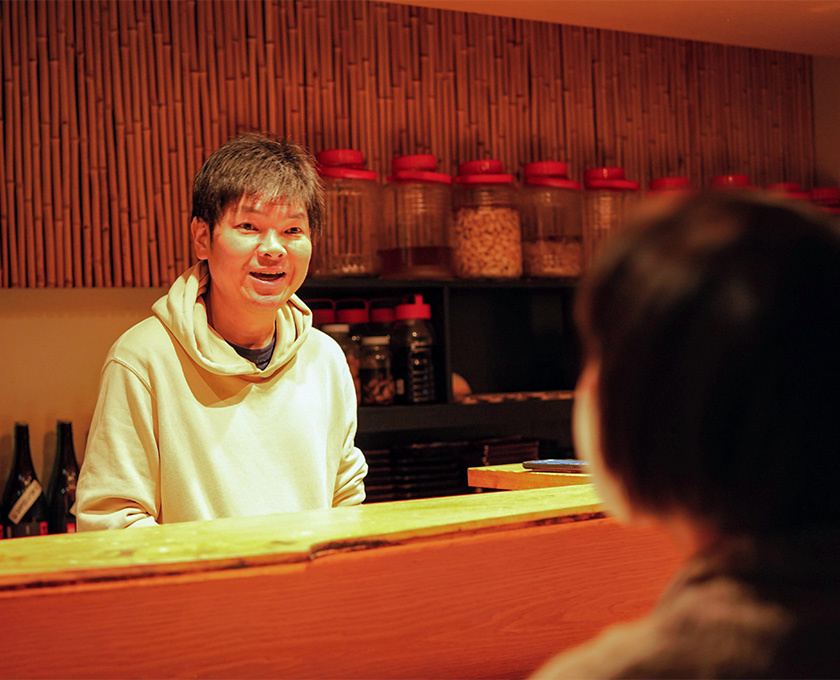
"The Seto Inland Sea is suitable for all types of fish, including shallow-water and deep-water fish,"
said Mr. Keiji Miyazaki, a small restaurant owner.
He added, "Fish in the Seto Inland Sea have to swim against the fastest ocean current in Japan, so they have well-developed muscles that increase the savory umami."
A small restaurant owner told us the fish they recommend in winter!
"Which fish do you recommend in winter?"
Mr. Miyazaki recommends sea bream, young yellowtail, oysters, fan mussels, Japanese blue crab, thread-sail filefish, Spanish mackerel, flounder, puffer fish, flathead, abalone, sea cucumbers and others. The sea temperature is low in winter, and fish store fat to protect themselves from the cold. For this reason, they are the fattiest in winter.
See the fish dishes he recommends below.
Olive Young Yellowtail sashimi or served seared and seasoned with salt
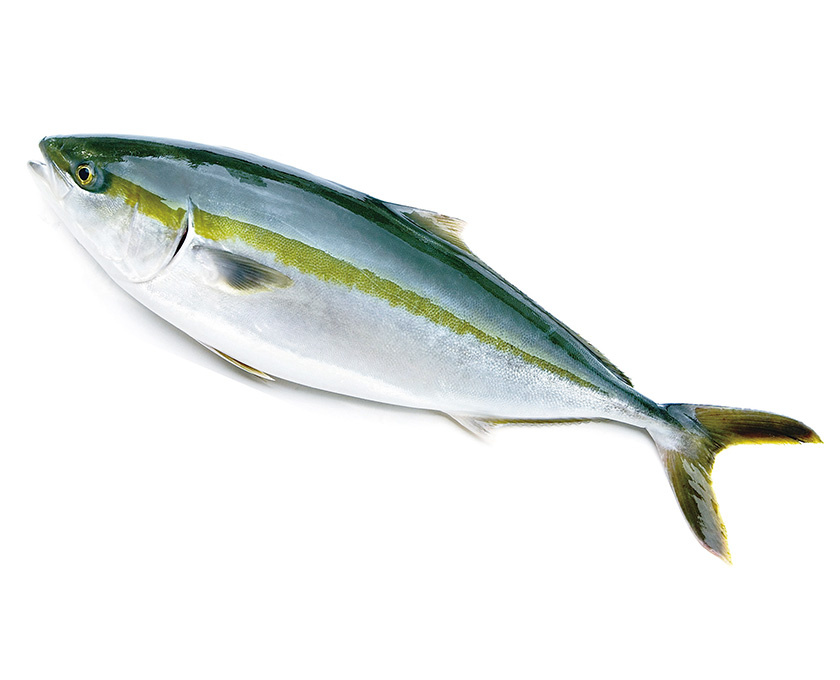
Source : Kagawa Local Products Promotion Organization
Olive Young Yellowtail is its best between autumn and early January.
Kagawa is a place where farming young yellowtail began, as it was the first prefecture in Japan that succeeded in doing so in 1928. In fact, young yellowtail is Kagawa's designated prefectural fish. Olive Young Yellowtail is a brand of yellowtail farmed by feeding the fish food that contains olive leaves, a local Kagawa specialty. The polyphenol in the leaves helps increase the collagen in the flesh of the fish, improving the texture and giving the fish a refreshing flavor.
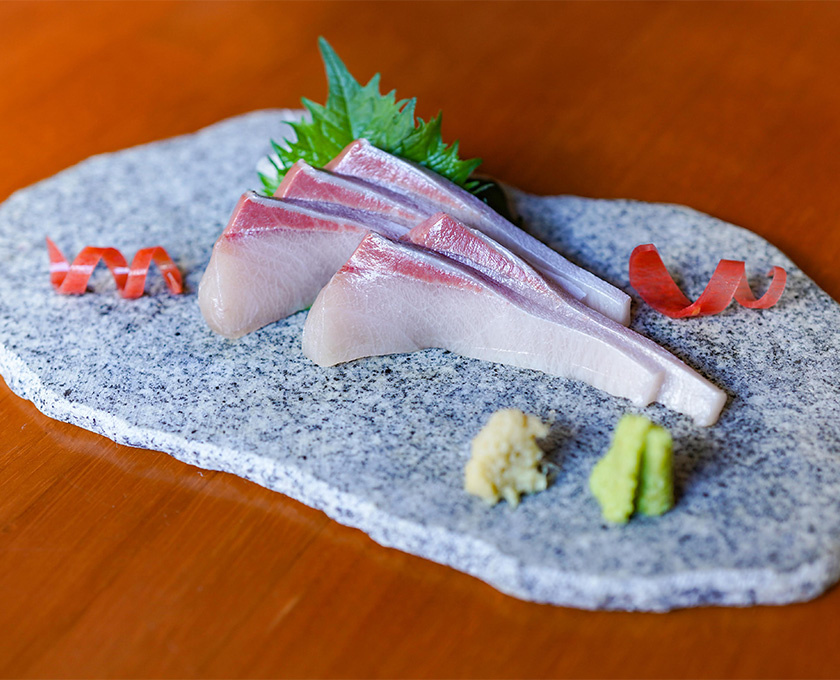
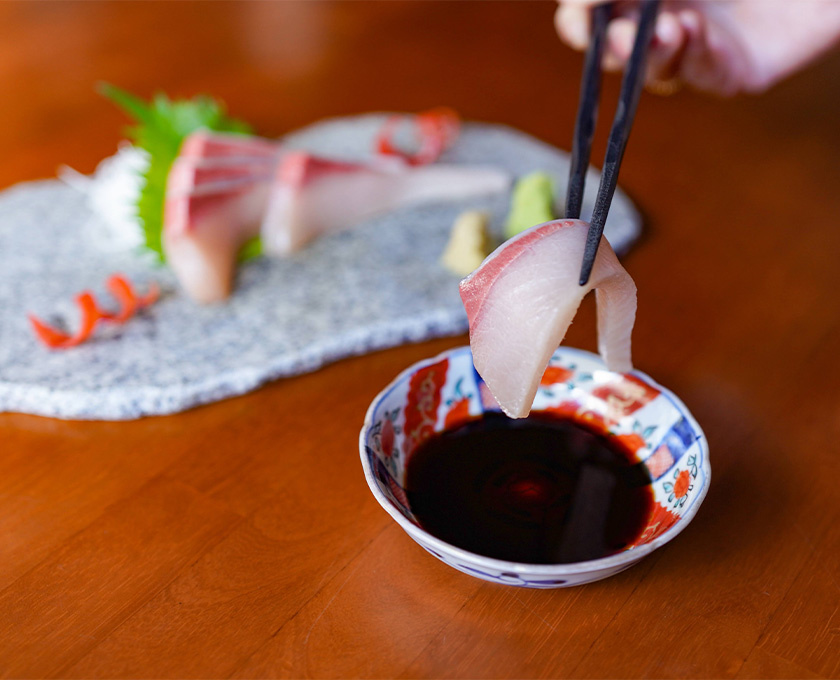
A standard way to eat young yellowtail is as sashimi dipped in soy sauce.
The fatty slices are shiny, and they taste almost sweet.
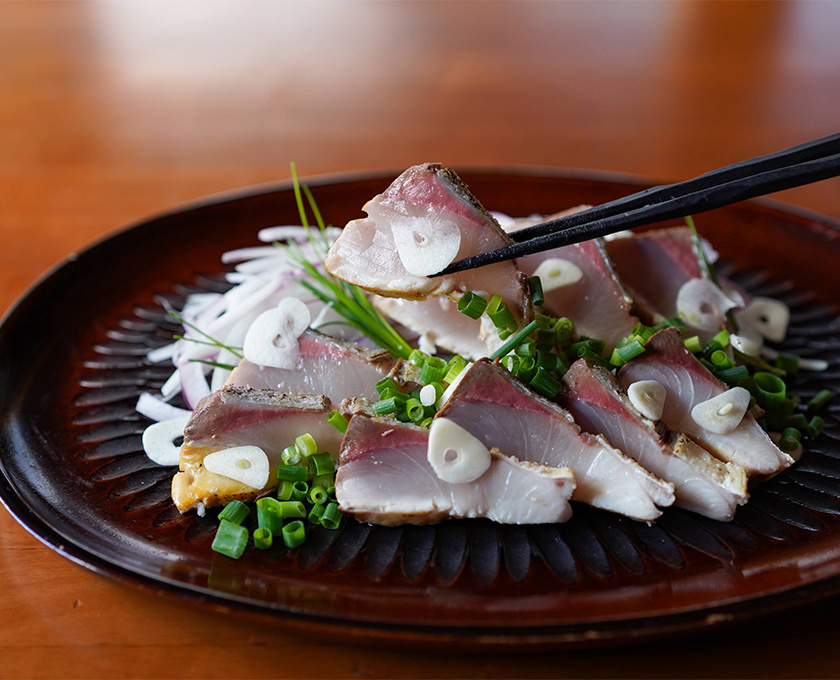
Or, for a change, Olive Young Yellowtail can be seared and seasoned with salt.
Lightly seared Olive Young Yellowtail should be served with a garlic and Setouchi lemon dipping sauce. Enjoy the fresh, aromatic flavor which complements the natural flavor of Olive Young Yellowtail.
[Restaurants where you can eat Olive Young Yellowtail]
Kagawa Local Products Promotion Organization "Eat Fresh Local Fish Fair"
Pear puffer (also known as Sanuki denpugu) and winter vegetables steamed in a bamboo steamer
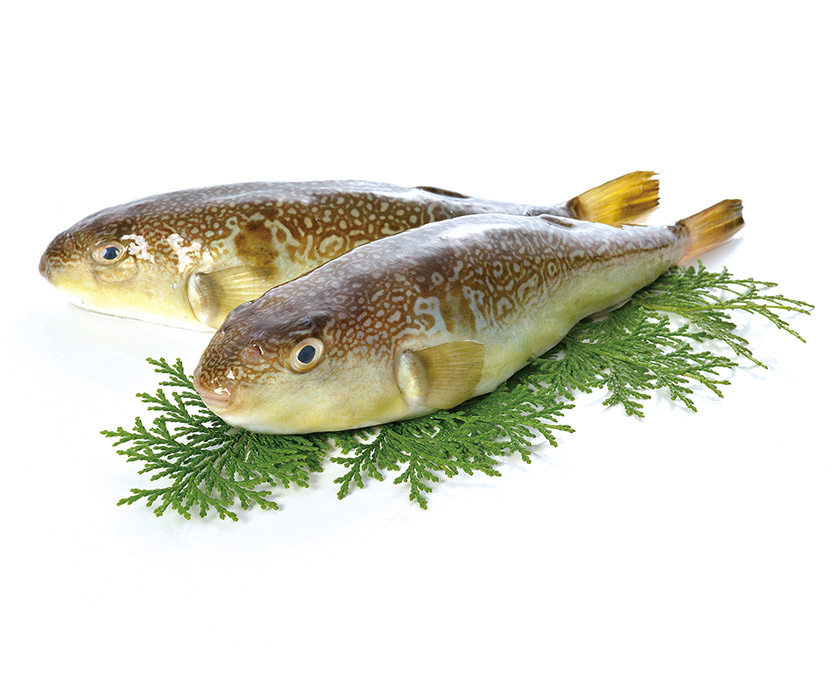
Source : Kagawa Local Products Promotion Organization
Pear puffer is its best in winter and spring.
You may think tiger puffer is the most famous puffer fish, but pear puffer is equally delicious. Pear puffer that live in some parts of the sea are highly toxic. Pear puffer-catching is now allowed only in the sea regions of the Seto Inland Sea and the Ariake Sea, where they have consumed pear puffer since ancient times. Pear puffer is also called the elusive puffer fish due to its rarity.
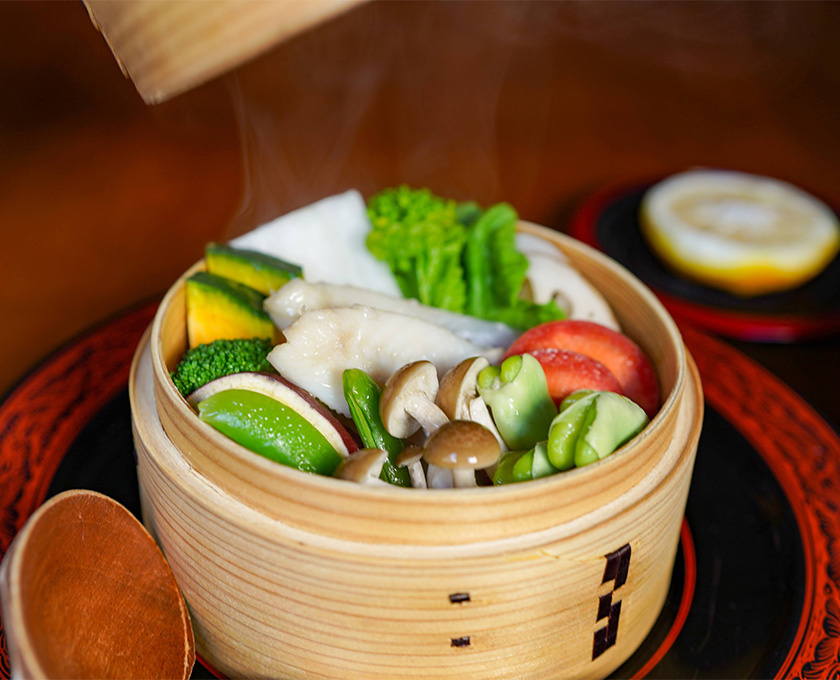
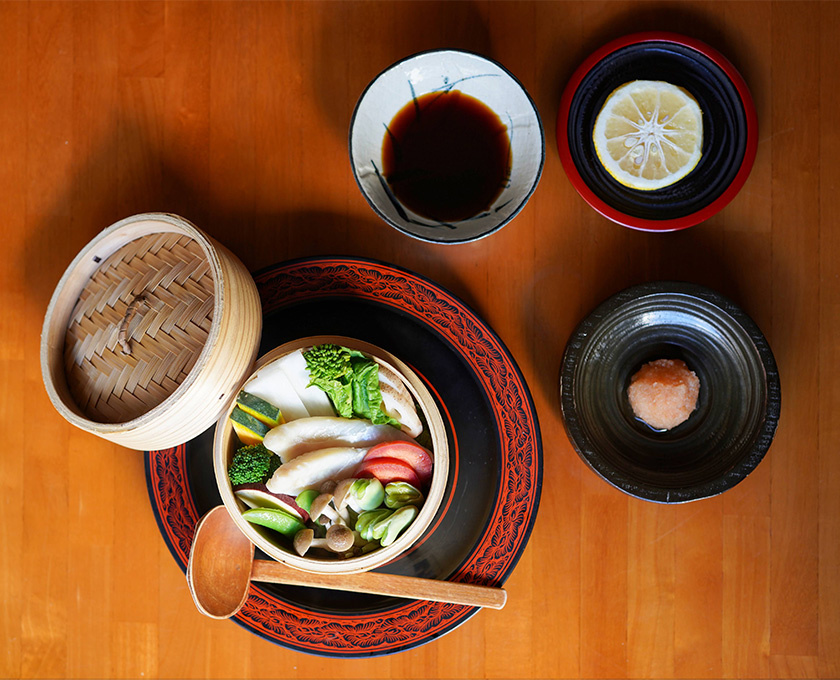
Steaming the fish gives its light flesh a firm texture and rich flavor. It is best served with colorful seasonal vegetables and ponzu mixed with grated daikon for a refreshing flavor.
[Restaurants where you can eat Pear puffer]
Kagawa Local Products Promotion Organization "Eat Fresh Local Fish Fair"
Kankan sushi prepared with winter Spanish mackerel
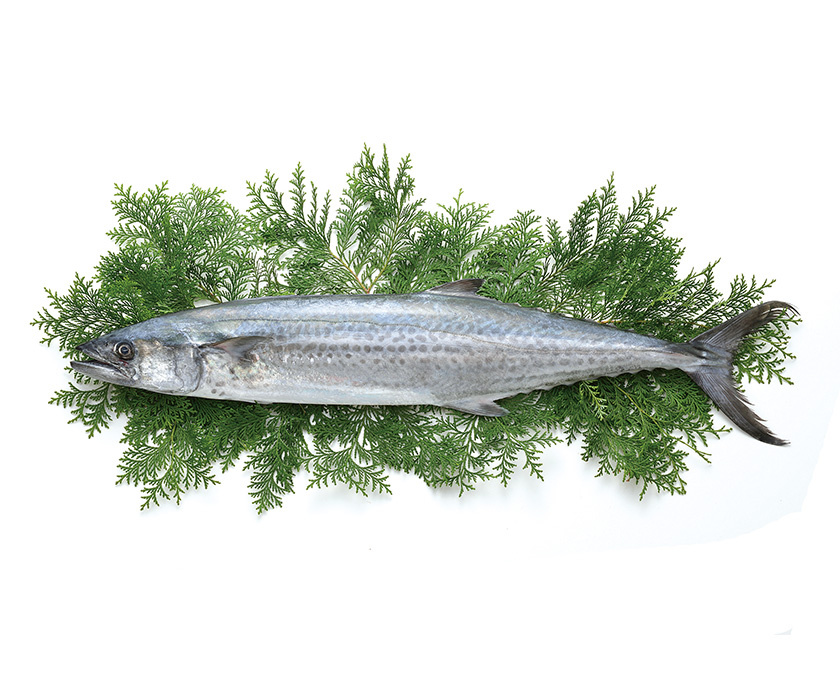
Source : Kagawa Local Products Promotion Organization
In Kagawa, Spanish mackerel is known as the fish associated with the arrival of spring. Nevertheless, we highly recommend Spanish mackerel caught in winter because it is the fattiest in the cold season.
Spanish mackerel goes bad quickly. In olden times, people with limited resources had to come up with ways to preserve its freshness. Kankan sushi, a local dish that originated in eastern Kagawa, is one of them.
First, Spanish mackerel is pickled in vinegar and vinegared rice is placed in a rectangular sushi mold made of wood. You then need to put a lid on the mold and knock in wedges using a wooden hammer to press down the rice. It is called kankan sushi because kankan is the sound of the hammering. It is possible to prepare a huge batch of kankan sushi, and for this reason, it has become a popular dish served to farmers resting from their work.
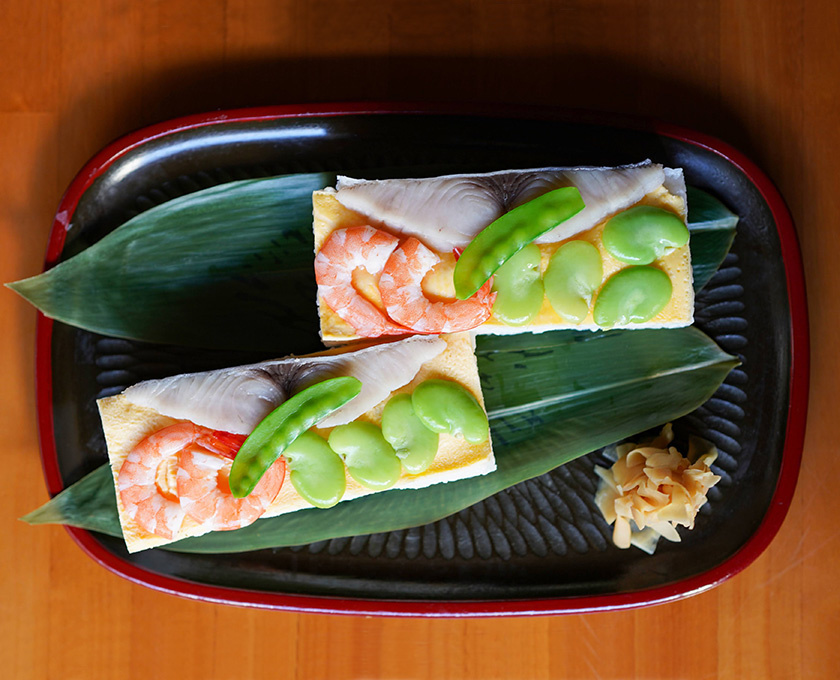
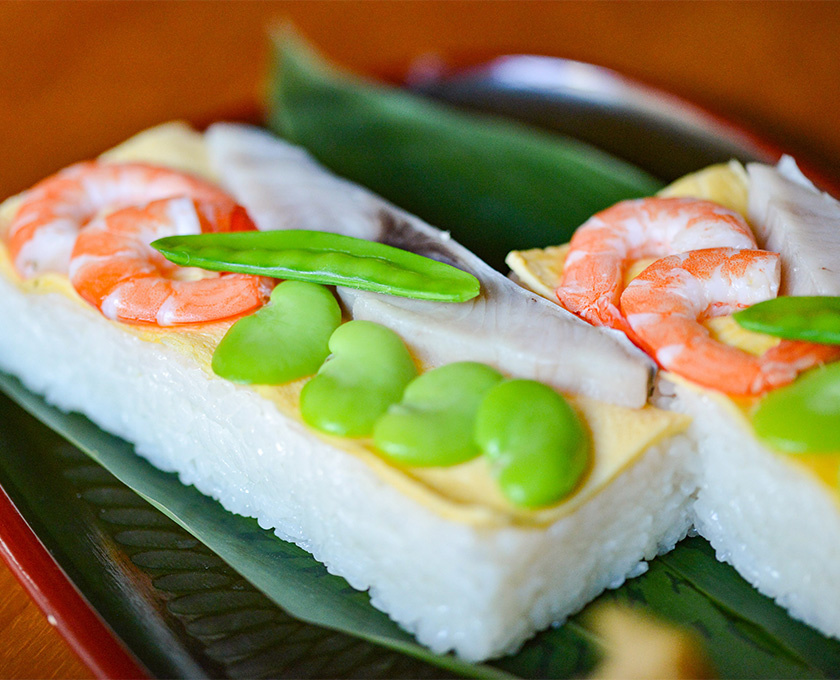
Colorful kankan sushi is a perfect way to celebrate the arrival of an early spring. The pressed vinegared rice is voluminous, but it is actually very easy to eat all of it.
[Restaurants where you can eat Spanish mackerel]
Kagawa Local Products Promotion Organization "Eat Fresh Local Fish Fair"
Thread-sail filefish sashimi arranged in its original shape
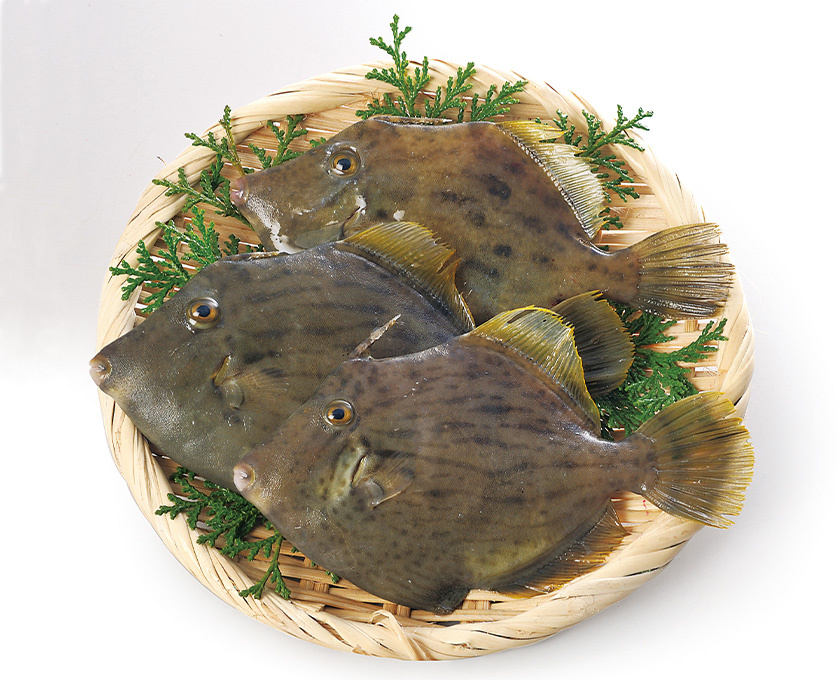
Source : Kagawa Local Products Promotion Organization
Undoubtedly, the liver of the thread-sail filefish is the most delicious part. You can enjoy the flesh of the fish all year, but winter is the best time to savor the liver. You must eat the liver, which is called the foie gras of the sea, raw.
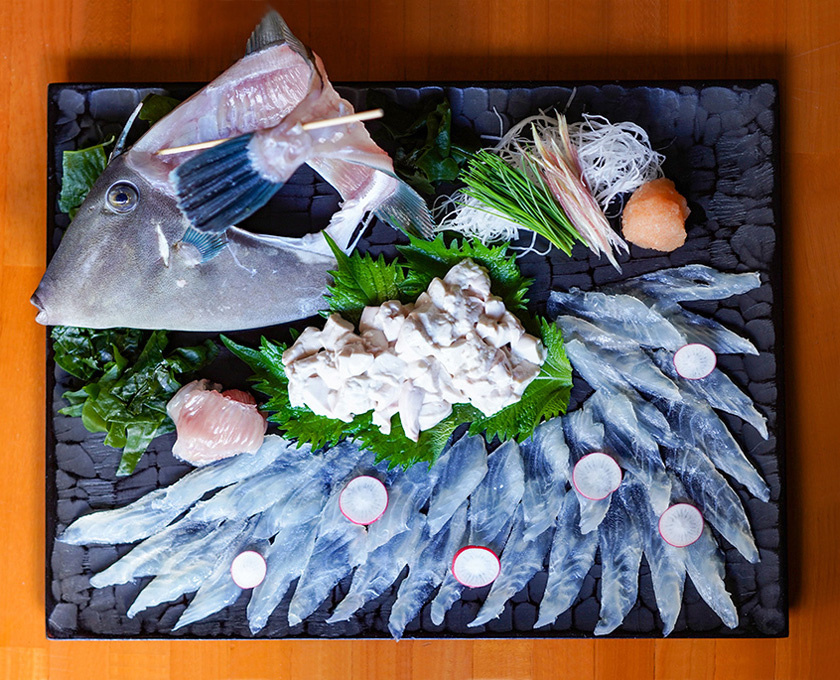
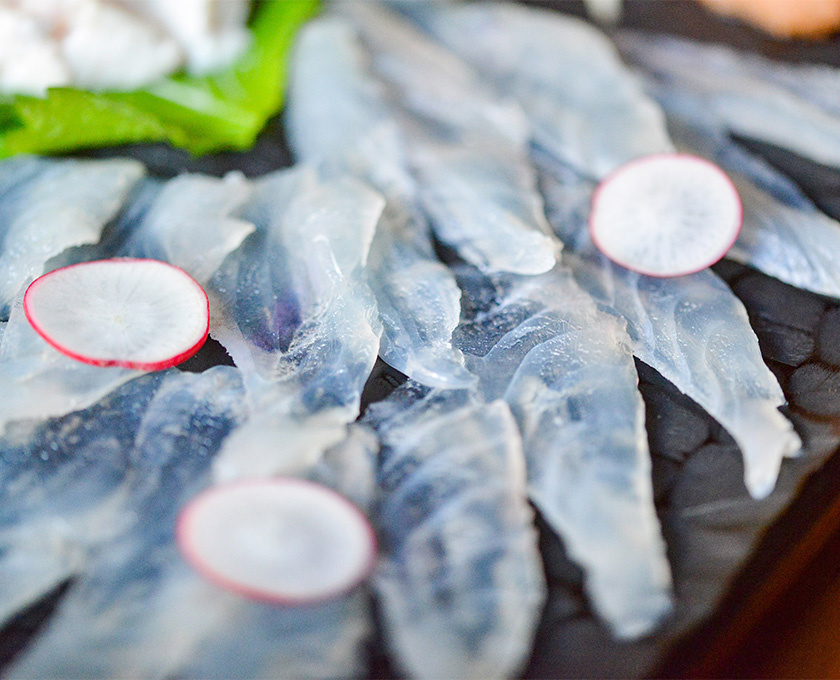
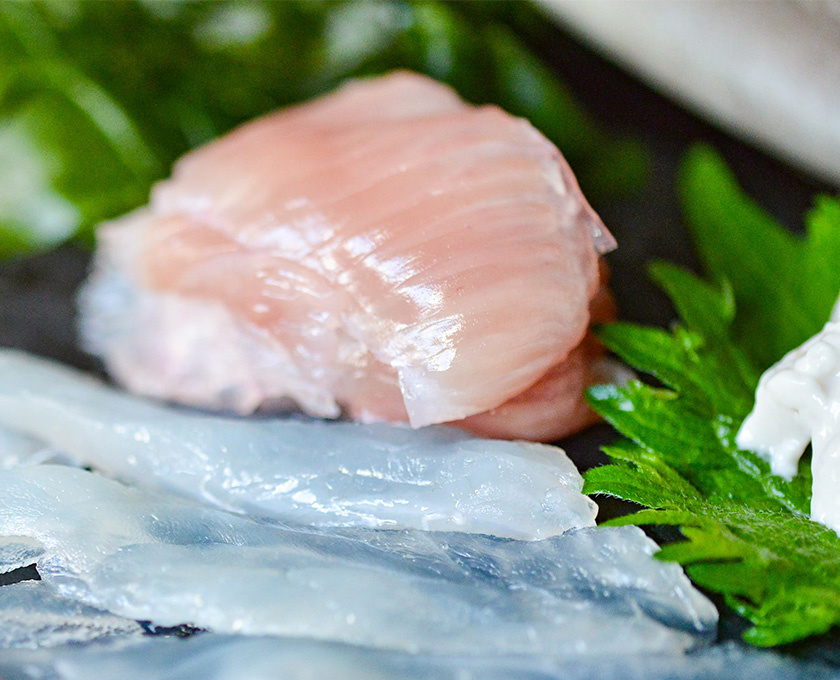
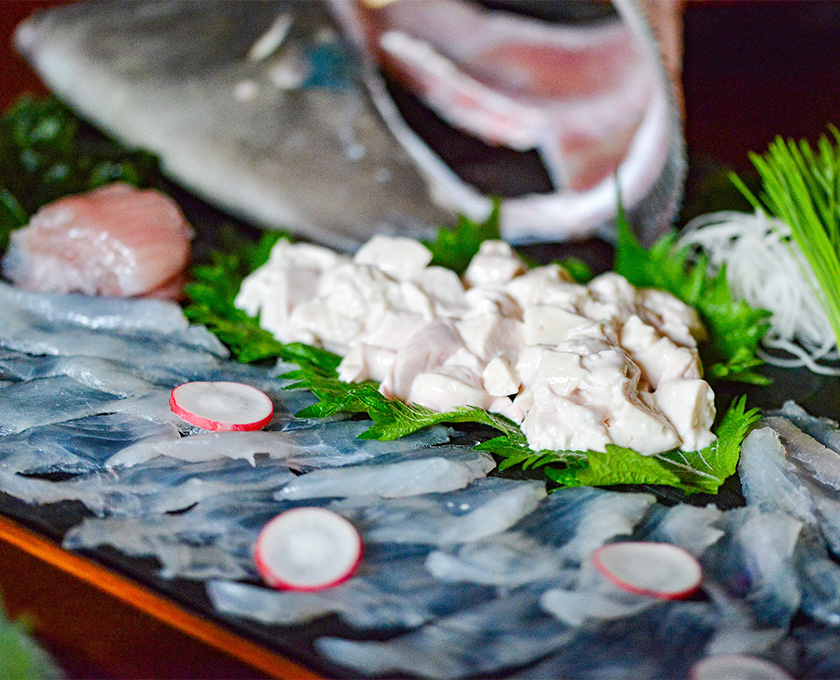
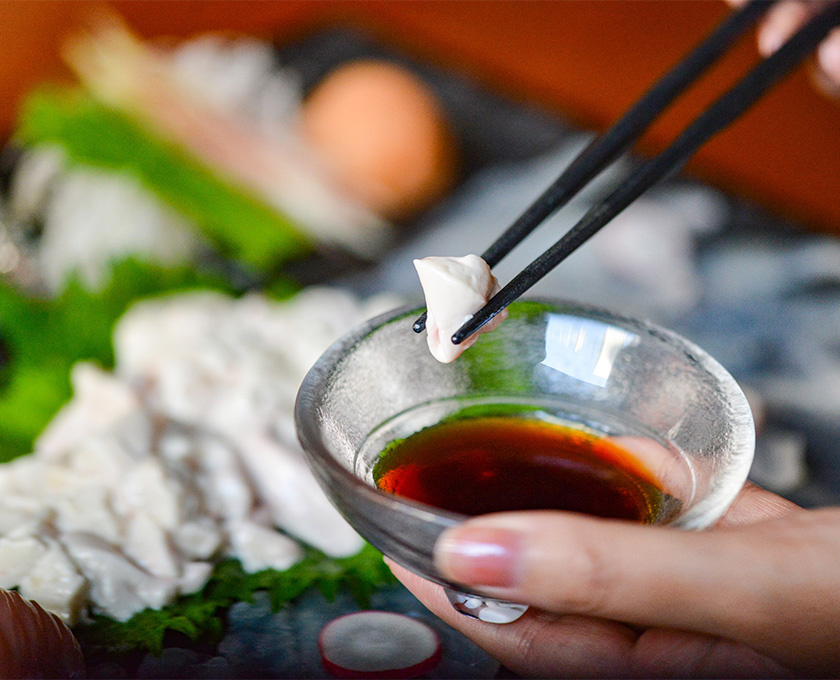
The translucent flesh has a delicate taste. The engawa (tail fin muscle) has a crunchy texture. The liver has a very rich flavor. Sashimi arranged in its original shape allows you to savor the various parts of the thread-sail filefish in one meal.
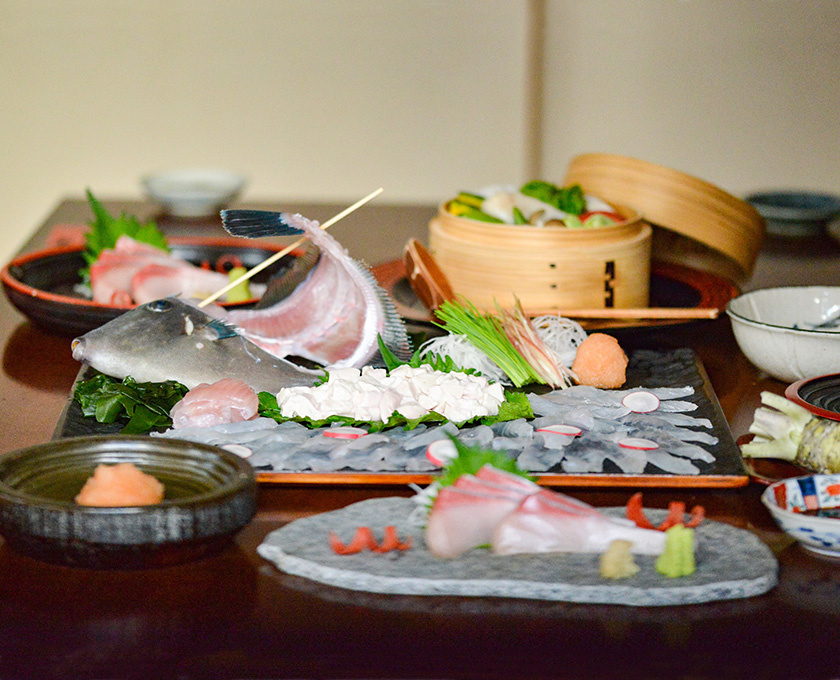
Takamatsu is an ideal place to enjoy a variety of dishes prepared with fresh fish caught locally. If you have a chance to visit Takamatsu in winter, enjoy eating the fish caught in the Seto Inland Sea that are available only in the cold season.
Gathering date:2023.3.6
- KEYWORDS




